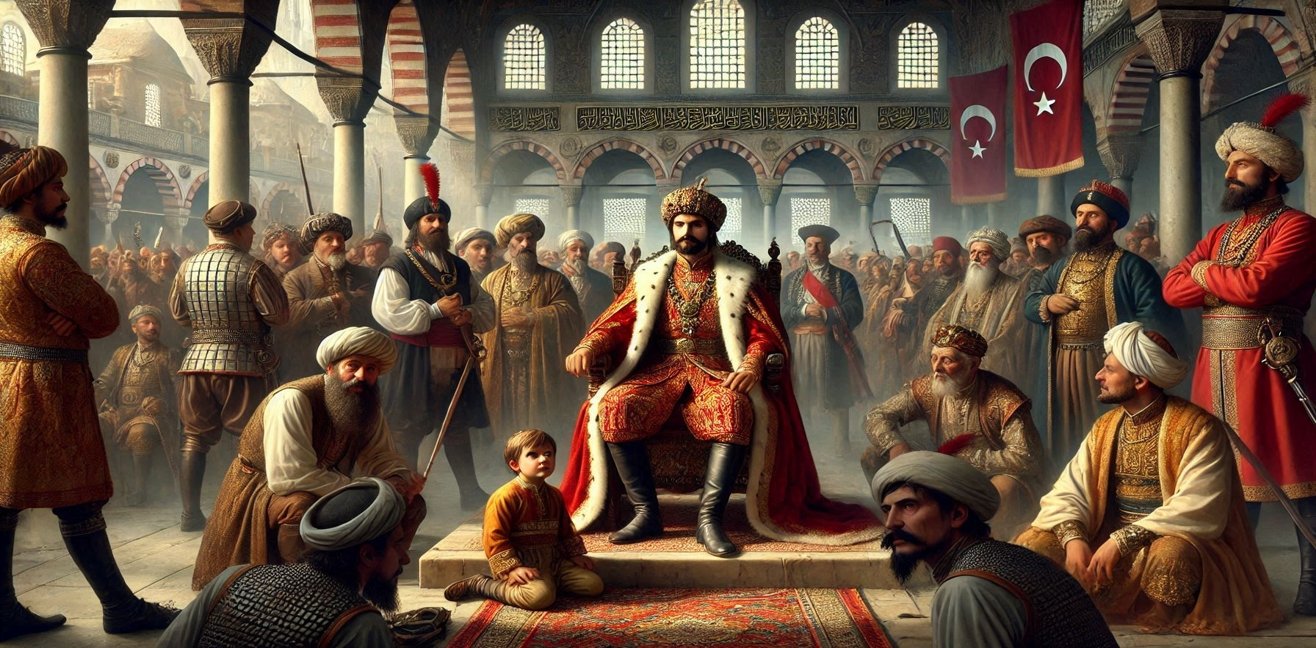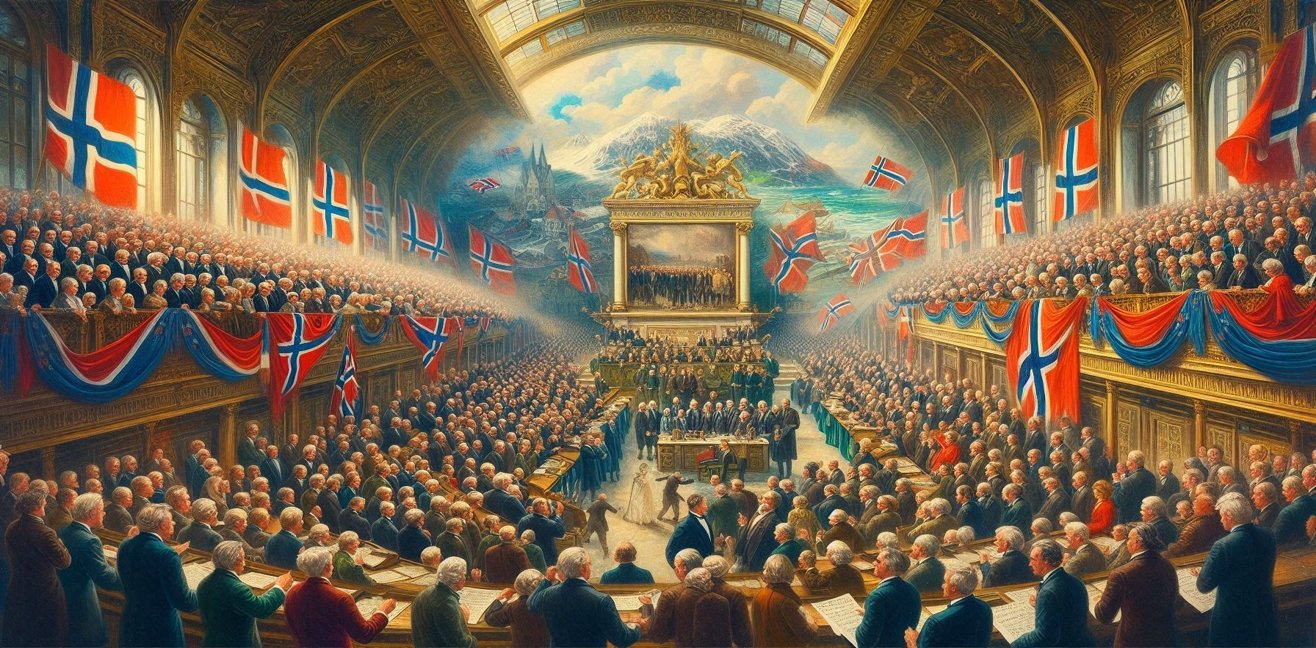The history of the Ottoman Empire is filled with numerous significant events, but May 20, 1622, holds a special place among these events. Sultan Osman II, known as Genç Osman (Young Osman), ascended to the Ottoman throne at a young age and was known for his innovative approach. However, his progressive policies and reform attempts provoked reactions from powerful factions of the time. Eventually, these reactions escalated into a full-scale revolt, and Sultan Osman II was tragically deposed and killed. This event marked a turning point in Ottoman history and left deep marks on the empire’s internal political balance.
The Rise of Young Osman and His Reform Efforts
Sultan Osman II ascended to the throne in 1618 at the age of 14. Despite his youth, he wanted to take bold steps in governance. His plans were particularly focused on reforms in the military and administration. These reform efforts were a response to the stagnation and decline that the Ottoman Empire was experiencing at the time. Young Osman aimed to increase the discipline of the Janissary Corps and strengthen the central authority of the state. He also planned to reduce the influence of the imperial harem and strengthen his own power by moving the harem to the Old Palace.
The Rise of Opposition and the Rebellion
Young Osman’s reformist policies were met with strong resistance, particularly from the Janissaries and conservative factions. The Janissaries viewed the sultan’s reforms as a threat to their privileges and power. Additionally, Sultan Osman’s intention to go on a pilgrimage and leave Istanbul created great concern in the palace. This situation set the stage for his deposition.
The rebellion broke out in May 1622. The Janissaries initiated a major uprising in the capital, Istanbul. During the rebellion, the sultan’s loyal followers were neutralized, and Sultan Osman was captured in the Topkapi Palace. He was then taken to the Yedikule Dungeons.
The Death of Sultan Osman II
On May 20, 1622, Sultan Osman II was brutally murdered in the Yedikule Dungeons. This event was unprecedented in Ottoman history, as no sultan had ever been deposed and killed before. The murder of Sultan Osman II created a deep wound in the Ottoman Empire’s history and affected the empire’s internal political stability for a long time.
The Aftermath and Impact
After Sultan Osman II’s death, Mustafa I was restored to the throne for the second time. However, Mustafa I’s second reign was short-lived, and the Ottoman Empire continued to struggle with internal turmoil. The tragic end of Sultan Osman II reshaped the relationship between the sultan and the military, as well as the political balance within the palace. This event also highlighted the strong resistance against reform and innovation in the Ottoman Empire.
May 20, 1622, continues to be remembered as one of the most turbulent days in Ottoman history. The visionary yet tragic reign of Sultan Osman II holds an important place in history books as a cautionary tale. This event is a key turning point in understanding the internal dynamics and power struggles of the Ottoman Empire.




